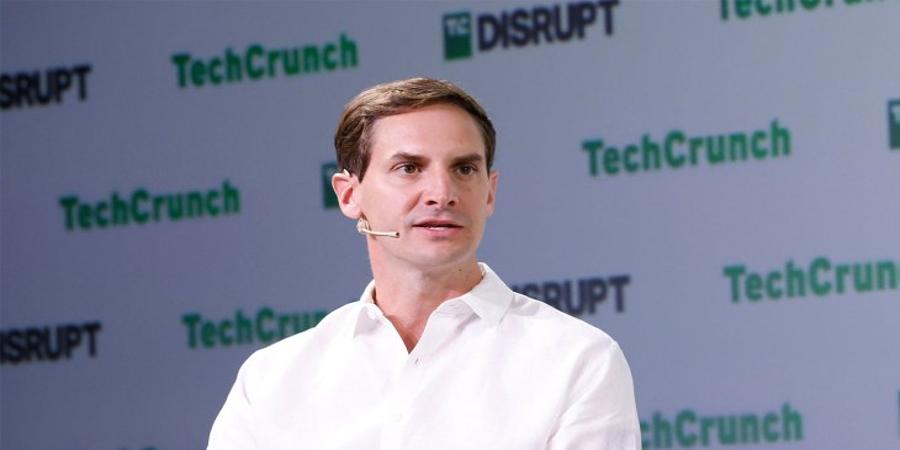I had the privilege of leading PlanGrid to $100 million in ARR before I stepped down as CEO and passed the baton to Autodesk Construction. I’ve had years to dissect the mistakes I made with my first startup.
Regardless of which industry you build in, or where you are at in your startup’s journey, there are many things that will likely fail.
This post breaks down PlanGrid’s key failure points and what I’ve learned from them. If these reflections help even one founder make one less mistake, I would consider this effort worthwhile.
As first-time founders, we were too creative with our organizational structure. We had a flat management hierarchy in the early years, and we bragged that we ran our startup like “Star Trek” — you were either in engineering or operations, and everyone reported to a founder.
This was cute until it quickly stopped working. People care about titles and career paths, and if you want to retain great people, you have to care about these things too.
In Year 3, we tripled from 30 to 90 people, then doubled the team to 180 a year later. Those were the most painful years, because we went from a high-execution team to one that felt like it was stuck in molasses. We didn’t know how to hire giants, so we recruited several mediocre managers, who in turn recruited more mediocre people.
Meanwhile, communication gets a lot harder with more people, and I did a poor job communicating the direction of the company. We had a first-mover advantage in a category we created but lost our position during these years of slow execution.
People care about titles and career paths, and if you want to retain great people, you have to care about these things too.
Takeaways: Be creative about how you’re solving problems for your customer and not about organization structures. Hire a great HR leader as a business partner to help recruit and retain the right team and design a good communication flow. Remember that A players can recruit other A players, but B players can only recruit C players.
Our trickiest inflection point was hitting Dunbar’s number — at 150 people, everything went to chaos.
Hierarchy is a factor. At 10, 20 or 30 people, everyone can report to a founder. At 150, just based on basic management ratios, the frontline team member is now separated by three to four degrees from the founders.
Not feeling like a unified team becomes dangerous when you don’t hit revenue targets or product milestones. When there is a mismatch on velocity and performance, it’s easy for those who feel like they’re performing to blame any slowdown on everyone else. There are natural tensions between sales and marketing teams, support and product, and product and engineering. Everything becomes magnified with more people simply because communication gets harder.
Source @TechCrunch



